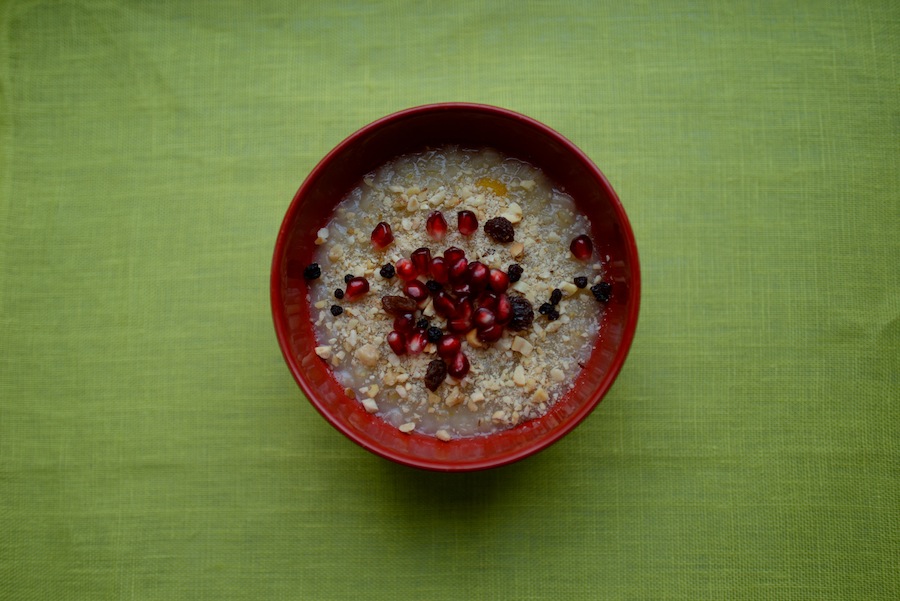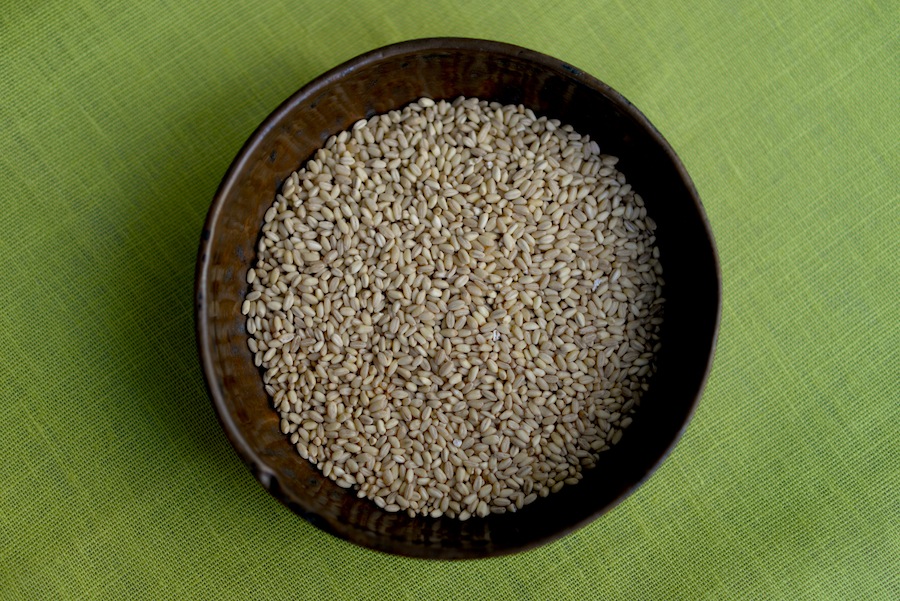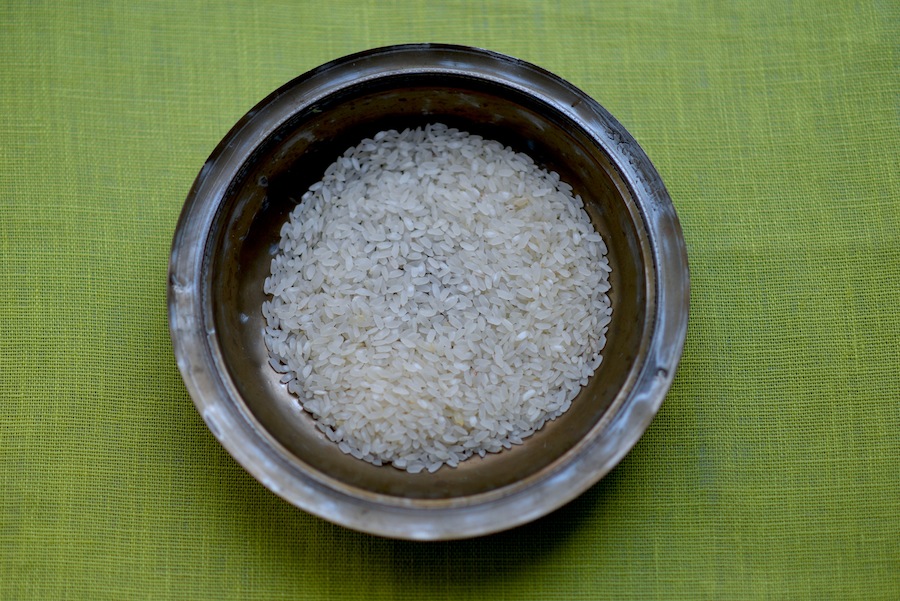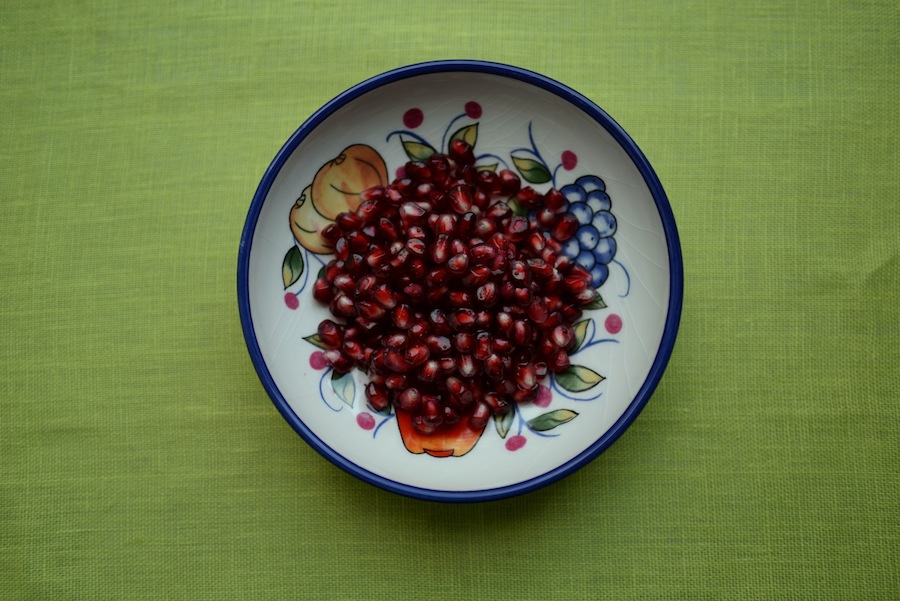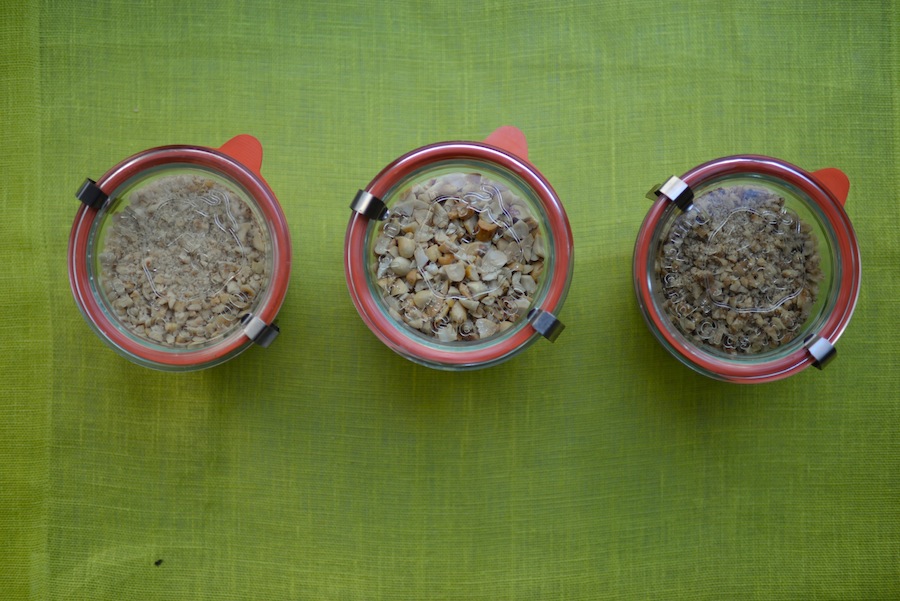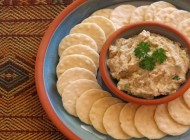FESTIVE ATMOSPHERE
Ashura, a festive dessert that satiates even the most picky palates, has always held a special place in my life since childhood. The ashura ritual connotes community engagement; at least that’s what I have come to understand from the smell of ashura made in our house when I was a kid. I vividly remember walking up and down the stairs in our building to deliver this pudding that mum cooked for days on end. What I would call a labor of love, today. When I delivered it to our neighbors, I would be allowed to sneak into their kitchen through their living rooms. While they were filling the bowl with something else- pies or cookies- to not return it empty, I would impatiently scrutinize the giant furniture, paintings on the walls, the upholstery and whatever my eyes could capture knowing that I would be out at the door within minutes- always with gratitude and compliments that nothing beats my mom’s cooking!
The date of the holy day of ashura, as the date of many other Islamic holidays including the Ramadan, moves back 10 days earlier every year for the Islamic calendar is based on a lunar calendar. Though it does not have a fixed date, packs of grains and nuts piled in our small kitchen would tell me that time for ashura is approaching.
ETYMOLOGY & ORIGIN
The presence of the word, ashura, in Semitic languages indicates the significance it holds for many faiths of the Middle East, including Islam. The root of the word is ashara, which translates as 10 in Arabic. In the Islamic calendar, it refers to the tenth day of the first month, Muharram, one of the holy months, when fighting is advised to be shun. Which well explains the ritual’s importance as a promoter of peace, support and compassion.
In Islam, Shia followers observe the ritual in remembrance of the assassination of the prophet’s grandson, hence a period of mourning while Sunni followers consider it a day of joy commemorating many historic events believed to have happened, which includes Moses’ parting the Red Sea, Noah’s ark setting on land safe and sound, Jesus’ ascension to heaven. And all these miracles add up to ten. I have always associated ashura with the story of Noah. Every year my grandma used to explain the variety of ingredients put into the pudding as God’s order to take samples of food before Noah set out on his epic journey that supposedly ended on Mount Ararat. Ashura is meant to commemorate the salvation of Noah and his family. That’s why we also call it Noah’s pudding.
RECIPE & INGREDIENTS
* grains: wheat, beans, rice and chick peas
* sugar
* rose water
* crushed nuts: peanut, walnut
* dried fruits: apricot, raisin, figs
* pomegranates
PREPARATION
Bear in mind that it varies between regions and families! It is not that difficult to make it but you need to be well-organized about the preparation of each ingredient. Ready?
Soak the grains- wheat, beans, chickpeas, and rice- in different dishes over night.
The next morning, cook them separately in different pans as they all have different boiling times.
When they are boiled, put them all in a cauldron and mix them.
Add in some sugar and continue cooking. Before removing from the heat add in apricot and rose water.
Get the nuts ready to garnish the pudding.
Pour it into bowls while it is still warm, and let it cool for a while.
Sprinkle dried fruits on top.
Some fresh pomegranates as well.
Do not forget the crushed nuts!
Enjoy your ashura with friends, family and neighbors…
Tags: childhood festival Islam memories photo essays recipe rituals
